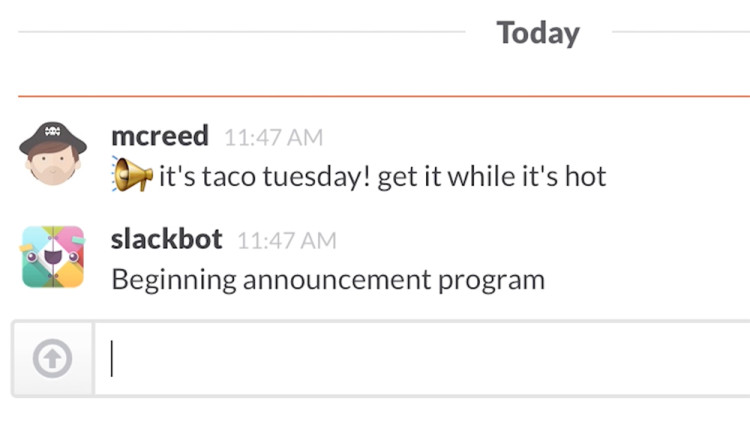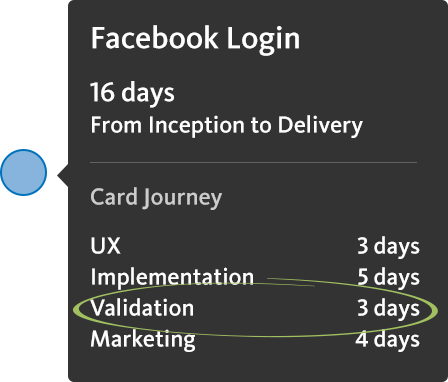Ever wondered if a remote team could supercharge your startup’s productivity and software quality? Here’s 5 ways remote teams do just that:
1. Autonomy → Increases Productivity
In a remote team, you simply don’t have an option to micro-manage your team.
Why? Because you almost certainly won’t be in the same time zone as every person and, even if you are, you probably won’t be in the same room.
But, more important than not being able to micro-manage, is realizing you shouldn’t.

Enable and empower your team to work towards their goals as well as your company’s goals, by using autonomous systems like:
- OKRs (e.g. Google)
- Holacracy (e.g. Zappos)
- Natural hierarchy (e.g. Buffer)
You’ll find more work gets done and your team members are more happy. It’s win-win.
“77% of workers say remote working boosts productivity” — Remote Worker Survey by ConnectSolutions
2. Asynchronous Communication → Company in Sync
Why asynchronous communication? Transparency and flexibility (plus Github think it’s awesome!).
A unique challenge of being in a remote team is that face-to-face conversations aren’t as easy to have. This is because you have time zones and work environments that get in the way (e.g. coffee shop chatter).
But…
This ‘challenge’ naturally drives teams towards communicating asynchronously and, when executed properly, can lead to an overall higher quality in team communication.

Take for example, integrating an instant messaging tool with your project management tool (e.g. Slack and Blossom). Every update on your project board can be sent straight through to your instant messaging tool, so no matter what time zone you’re in, you can see what everyone is up to.
3. Identify Bottlenecks → Visualize Work
- If a task is blocked, how do you fix the dependency? Write down the blocker and stamp the card on a kanban board.
- If a task took too long to complete, how do you know what held it up? See what stage in your workflow held it up with a time-in-process chart and cycle time.

Visualizing work helps teams identify bottlenecks. The great thing about remote teams is that they need to use a tool to manage their work. And most modern project management tools provide useful insights like the ones mentioned above above.
It just makes sense.
4. Global Talent → Timezone Coverage and Skill-sets
Unless you’re in an industry specific hub, like San Francisco for tech, the best talent is probably not at your doorstep, or even in your country.

The ubiquity of technology and the scalability of startups makes it possible to hire globally and for people to work from anywhere. This result of this is two-fold:
- You can find the best people for your company by leveraging a global workforce.
- You’re running a 24/7 company in terms of your global team’s time zone coverage.
5. Manageable Code → Source Code Management tools
Imagine your product development stopped because a specific team member was away for the day. Not too great, is it? Let’s multiply this ten-fold by adding geographical barriers. Eep…
Remote teams use agile software processes such as continuous integration and continuous delivery to ensure code can be tested and deployed to customers, automatically. To boot, this shift the power of testing and delivery to developers. And the glue that holds this all together is source code management. That’s because it makes an otherwise messy process, quite simple.

Let’s look at an example process.
- You have a team of 4 developers, each living in a different country and working in different timezones.
- Once a continuous integration and delivery process is set up, it’s just a matter of checking out code from the source code repository (using a tool like Github), developing code, checking it back in, and running a deployment script if the build was successful to ship it to customers.
- It doesn’t matter who does it, when they do it, and it takes no time at all.
This enables teams to ship software to their customers multiple times a day, wow!
As you can see, a well formed remote team can perform better than most co-located teams out there. And not only that, your software quality will benefit from it.

